Red Fuji Apple Tree
Description
Grow this grocery store favorite in your own backyard. These crisp, juicy and aromatic apples are quickly replacing Red Delicious in orchards. The beautiful red-streaked apples ripen in late October. These apples store well. The fruit of a Red Fuji Apple tree keeps up to 12 months when refrigerated. This Fuji apple variety was introduced in the late 1900s. Pollinator required: Choose another apple variety. See recommended pollinators below. Nagafu 6 cultivar.
- Here’s where you can find our complete list of Fuji Apple Trees to choose from.
Survival Guaranteed!
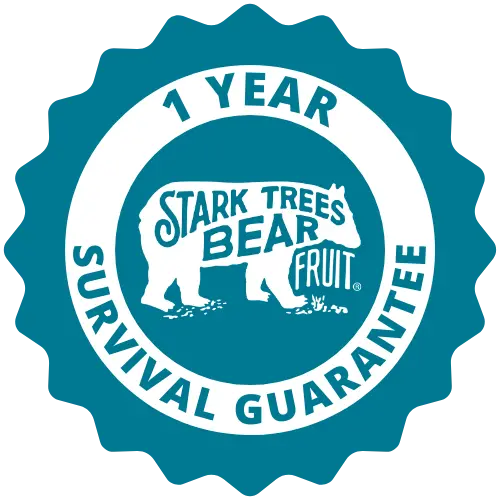

Since 1816, Stark Bro’s has promised to provide customers with the very best fruit trees and plants. It’s just that simple. If your trees or plants do not survive, please let us know within one year of delivery. We will send you a free one-time replacement, with a nominal shipping fee of $9.99. If the item in question is not available, we can issue a one-time credit to your account equaling the original product purchase price or issue you a refund. Read more about our warranty policy.
Characteristics
| Bloom Color | White |
| Bloom Time | Mid |
| Chill Hours | 700 |
| Fruit Color | Red |
| Fruit Size | Medium - Large |
| Hardiness Zone Range | 5 - 8 |
| Pollination | Pollinator Required |
| Ripens/Harvest | Late October |
| Shade/Sun | Full Sun |
| Soil Composition | Loamy |
| Soil Moisture | Well Drained |
| Soil pH Level | 6.0 - 7.0 |
| Taste | Sweet |
| Texture | Firm, Juicy |
| Years to Bear | 2 - 5 |
Size & Spacing
Mature Size
Recommended Spacing
Zone Compatibility
Pollination
Tools & Supplies
Planting & Care
Learn all about how to grow apple trees in The Growing Guide. An entire section of our website dedicated to your growing success.
Shipping Information
Arrives when it's time to plant
Questions & Answers
There are literally hundreds. Cortland, CrimsonCrisp, Enterprise, Gala, GoldRush, Granny Smith, Honeycrisp ... too many to name here.
Our website has a special feature that will help you find the best plants for you to grow in your area. Simply enter your zip code in our Hardiness Zone Finder and as you browse our page, you’ll see a small check mark next to products that are hardy to your growing zone!
https://www.starkbros.com/zone-finder
Our website has a special feature that will help you find the best plants for you to grow in your area. Simply enter your zip code in our Hardiness Zone Finder and as you browse our page, you’ll see a small check mark next to products that are hardy to your growing zone!
https://www.starkbros.com/zone-finder
Yes, a Gravenstein apple tree can cross-pollinate with a Red Fuji apple tree. They both need a pollinator, and their bloom times overlap, according to Grow Organic. Gravenstein is a reliable pollinator and produces abundant pollen, which is beneficial for Fuji trees.
It's normal for trees to have varying dormancy breaking times. While your Candy Crisp and Moorpark Apricot are already showing growth, the red Fuji might be a slower starter, especially if it's a newly planted tree. Generally, a tree has a reasonable amount of time to break dormancy, often a few weeks, depending on the species, variety, and local conditions.
That's a great question—and yes, large cedar trees can pose some challenges for growing fruit trees nearby, depending on the type of fruit trees you're planting and how close they are.
Here are a few things to consider:
1. Cedar-Apple Rust
If you're growing apple trees (or crabapples, hawthorns, quince), cedar trees are a known host for cedar-apple rust, a fungal disease that requires both cedar and apple family trees to complete its life cycle. The spores travel through the air, so even cedars hundreds of feet away can cause issues, though the risk is highest within a few hundred feet.
Symptoms: Orange spots on apple leaves, deformed fruit, reduced vigor.
What to do: Choose rust-resistant apple varieties (e.g., Liberty, Enterprise, Pristine), and avoid planting highly susceptible varieties like McIntosh or Golden Delicious if you can’t manage the cedars.
2. Shade
Cedar trees can cast a lot of shade. Fruit trees need full sun—ideally 6–8+ hours daily—for healthy growth, flowering, and fruit production. If the cedars shade the area for a good portion of the day, your fruit trees may grow leggy, produce little to no fruit, or have more disease problems due to poor air circulation and damp conditions.
What to do: Try to plant fruit trees on the south or west side of the cedars, if possible, so they get as much sunlight as they can.
3. Competition for Water & Nutrients
Cedar roots can aggressively compete for moisture and nutrients, making it harder for young fruit trees to establish, especially if they’re within 10–15 feet.
What to do: Add compost when planting, mulch well (but not against the trunk), and water deeply during dry spells.
Our website has a special feature that will help you find the best plants for you to grow in your area. Simply enter your zip code in our Hardiness Zone Finder and as you browse our page, you’ll see a small check mark next to products that are hardy to your growing zone!
https://www.starkbros.com/zone-finder
Yes, a Red Fuji apple tree can pollinate an Aztec Fuji apple tree, provided the bloom times of the two trees overlap. Both are Fuji varieties, meaning they are genetically similar but not identical clones, and can serve as suitable pollinators for each other.
Customer Reviews
I ordered late but shipping was quick and bare root trees arrived healthy and ready for the ground

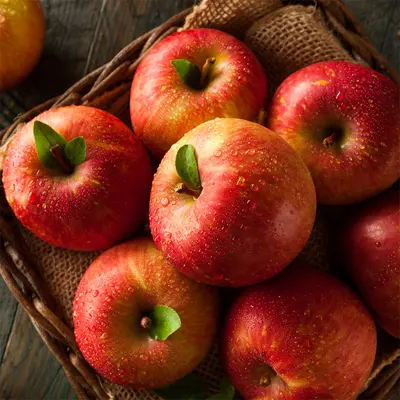
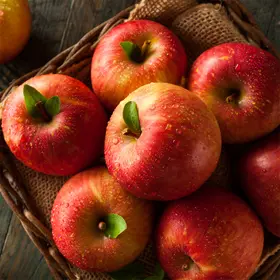
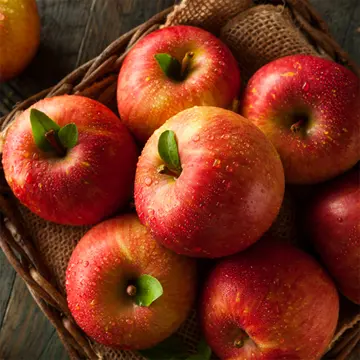
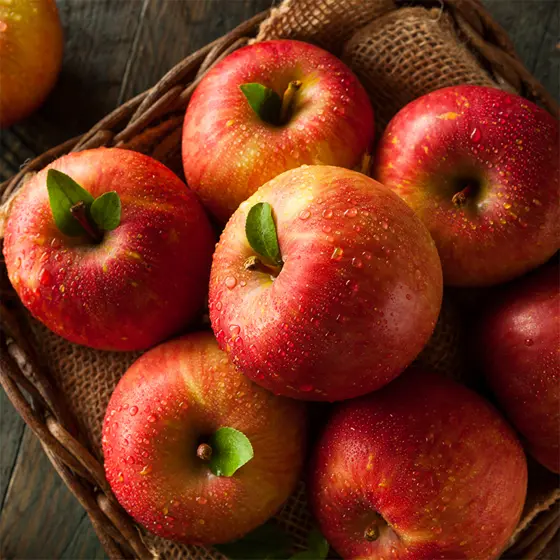
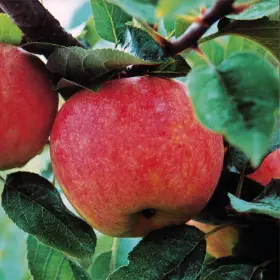
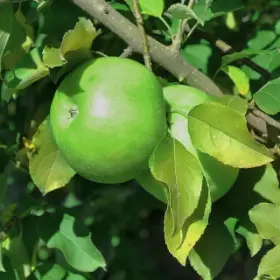
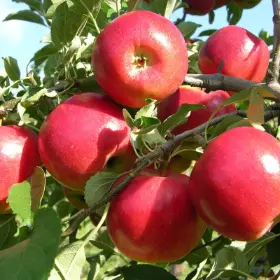
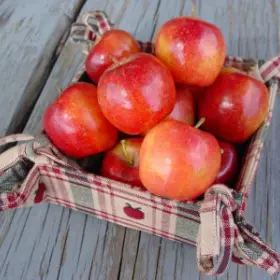

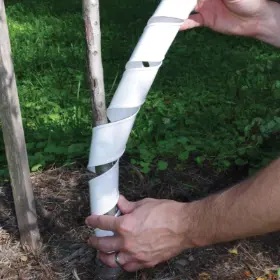
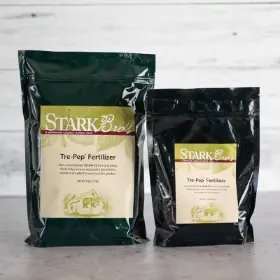
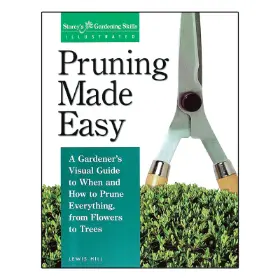

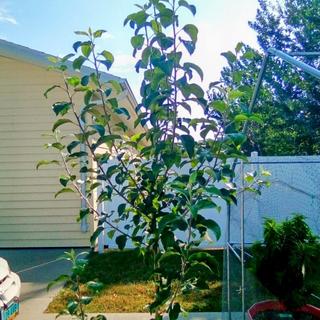
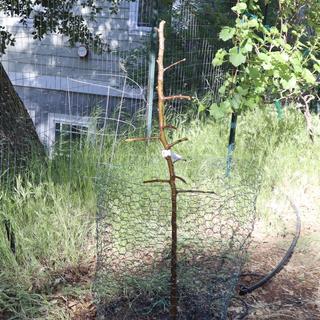
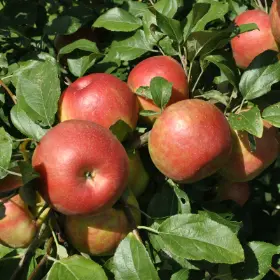
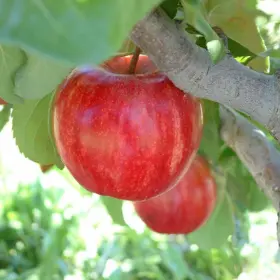
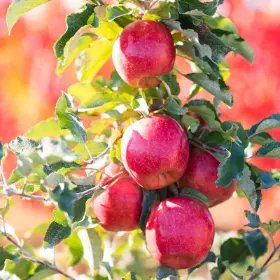
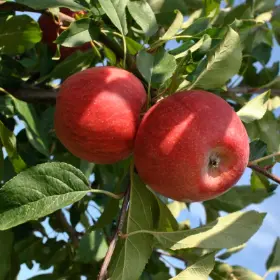
Late dropping
To help pollinate my gala Apple tree
Because mine died, your replacement guarantee is proving disappointing.
I like Fuji